The integration of blockchain technology into scientific research has opened new frontiers in data integrity, transparency, and reproducibility. One of the most compelling applications is the ability to create an immutable, timestamped record of every stage in the experimental process—from hypothesis formulation to data collection, analysis, and publication. This approach, often referred to as "experimental lifecycle traceability," is transforming how researchers validate their work and how the broader scientific community engages with published findings.
At its core, blockchain provides a decentralized ledger that cannot be altered retroactively without altering all subsequent blocks. For scientific experiments, this means every action—whether it's adjusting a parameter, recording a measurement, or modifying a dataset—can be permanently recorded and verified. Unlike traditional lab notebooks or digital logs, which can be susceptible to human error or intentional manipulation, blockchain-based records offer an unprecedented level of trustworthiness.
The implications for research reproducibility are profound. In recent years, the scientific community has grappled with a "replication crisis," where many high-profile studies have failed to produce the same results when repeated by independent teams. By leveraging blockchain to document each step of an experiment, researchers can provide a verifiable trail that others can follow exactly. This not only enhances confidence in the original findings but also makes it easier to identify where discrepancies might arise in replication attempts.
Several pioneering initiatives have already demonstrated the potential of this approach. For instance, some research institutions are implementing blockchain systems that automatically record metadata about when and how data was collected, including information about the equipment used and environmental conditions. Others are exploring smart contracts that trigger automatic data validation checks at critical points in the experimental process. These innovations are particularly valuable in fields like clinical trials, where the accuracy and completeness of data can have life-or-death consequences.
Beyond ensuring data integrity, blockchain-based traceability also addresses growing concerns about research misconduct. Cases of data fabrication, selective reporting, and p-hacking have eroded public trust in science. With an immutable record of the entire research process, reviewers and readers can verify that the reported results genuinely reflect the actual experiments performed. Some journals are beginning to require blockchain-verified supplementary materials as a condition for publication, signaling a potential shift in academic publishing standards.
The technology also facilitates collaboration across institutions and borders. Research teams working on the same project from different locations can contribute to a shared blockchain record, with each contribution cryptographically signed and timestamped. This creates a clear audit trail of who did what and when, resolving potential disputes about authorship or intellectual property while maintaining the security of sensitive data.
However, implementing blockchain solutions in research environments isn't without challenges. The computational overhead of maintaining distributed ledgers, the need for standardized protocols across disciplines, and questions about long-term data storage all require careful consideration. Additionally, while blockchain ensures the integrity of recorded information, it doesn't automatically guarantee the quality of the research design or execution—researchers must still apply rigorous scientific methods.
Looking ahead, as the technology matures and more researchers become familiar with its capabilities, blockchain-based traceability could become as fundamental to the scientific method as peer review. Funding agencies and regulatory bodies may increasingly mandate its use for certain types of research, particularly in fields where data integrity is paramount. The ultimate vision is a scientific ecosystem where every claim can be traced back to its raw data through an unbroken chain of evidence—a powerful antidote to the reproducibility crisis and a foundation for more trustworthy science.
The marriage of blockchain technology and scientific research represents more than just a technical innovation—it's a cultural shift toward greater transparency and accountability in the pursuit of knowledge. As these systems evolve and gain wider adoption, they have the potential to strengthen the very foundations of the scientific enterprise, ensuring that published findings truly reflect the reality of the experiments that produced them.
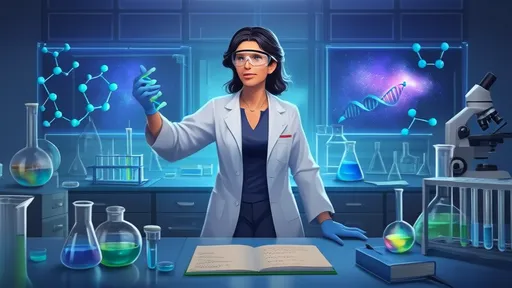
By /Aug 14, 2025
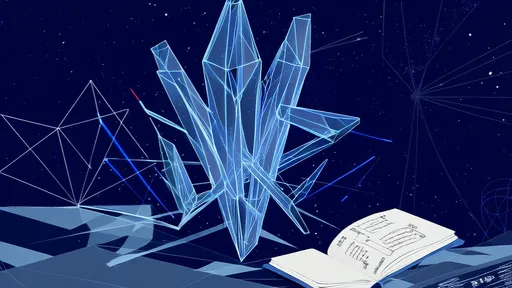
By /Aug 14, 2025

By /Aug 14, 2025
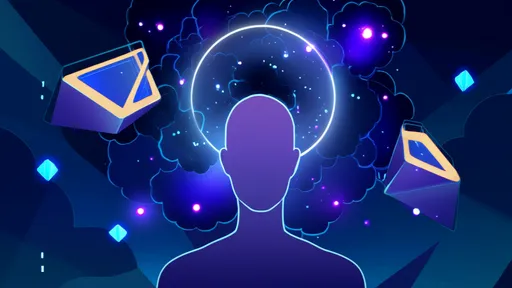
By /Aug 14, 2025

By /Aug 14, 2025

By /Aug 14, 2025

By /Aug 14, 2025

By /Aug 14, 2025

By /Aug 14, 2025

By /Aug 14, 2025
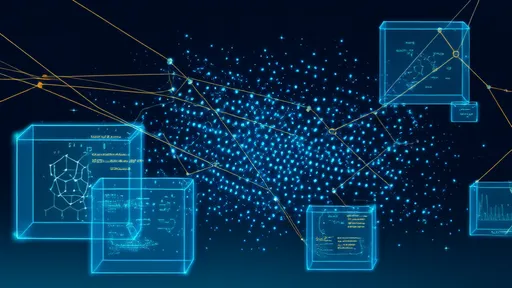
By /Aug 14, 2025
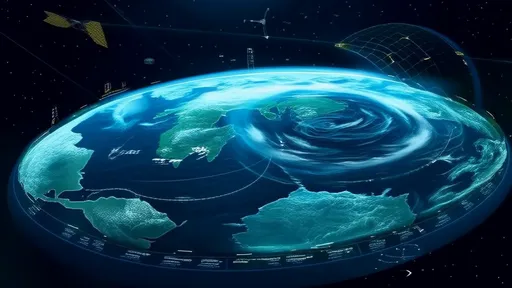
By /Aug 14, 2025

By /Aug 14, 2025
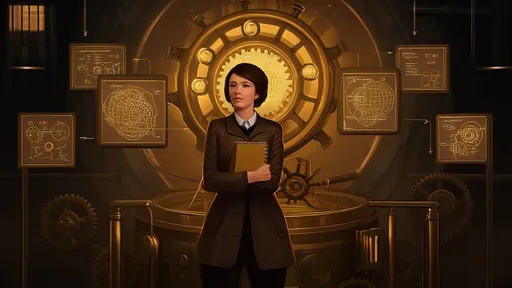
By /Aug 14, 2025
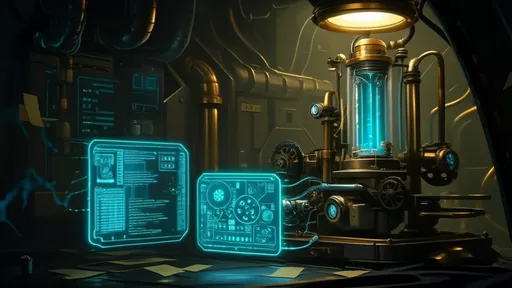
By /Aug 14, 2025
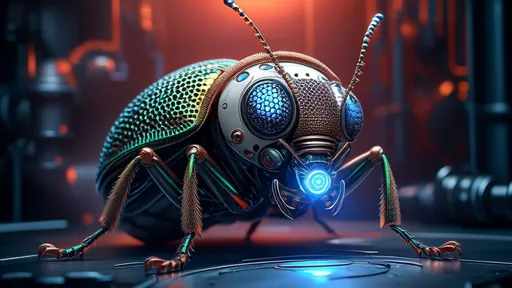
By /Aug 14, 2025

By /Aug 14, 2025
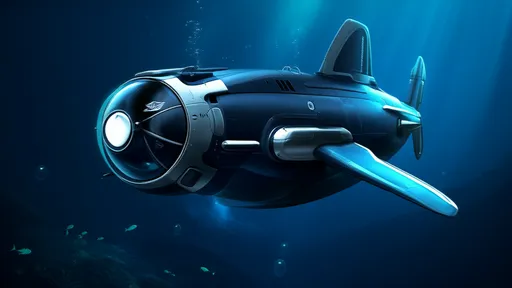
By /Aug 14, 2025
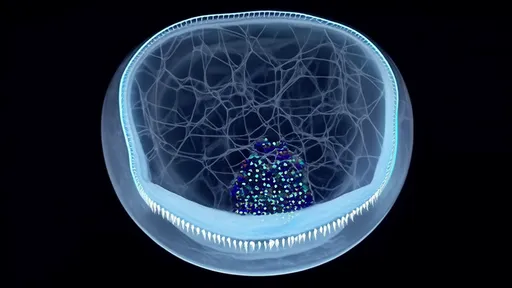
By /Aug 14, 2025
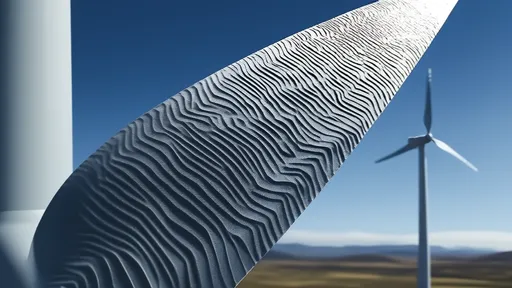
By /Aug 14, 2025